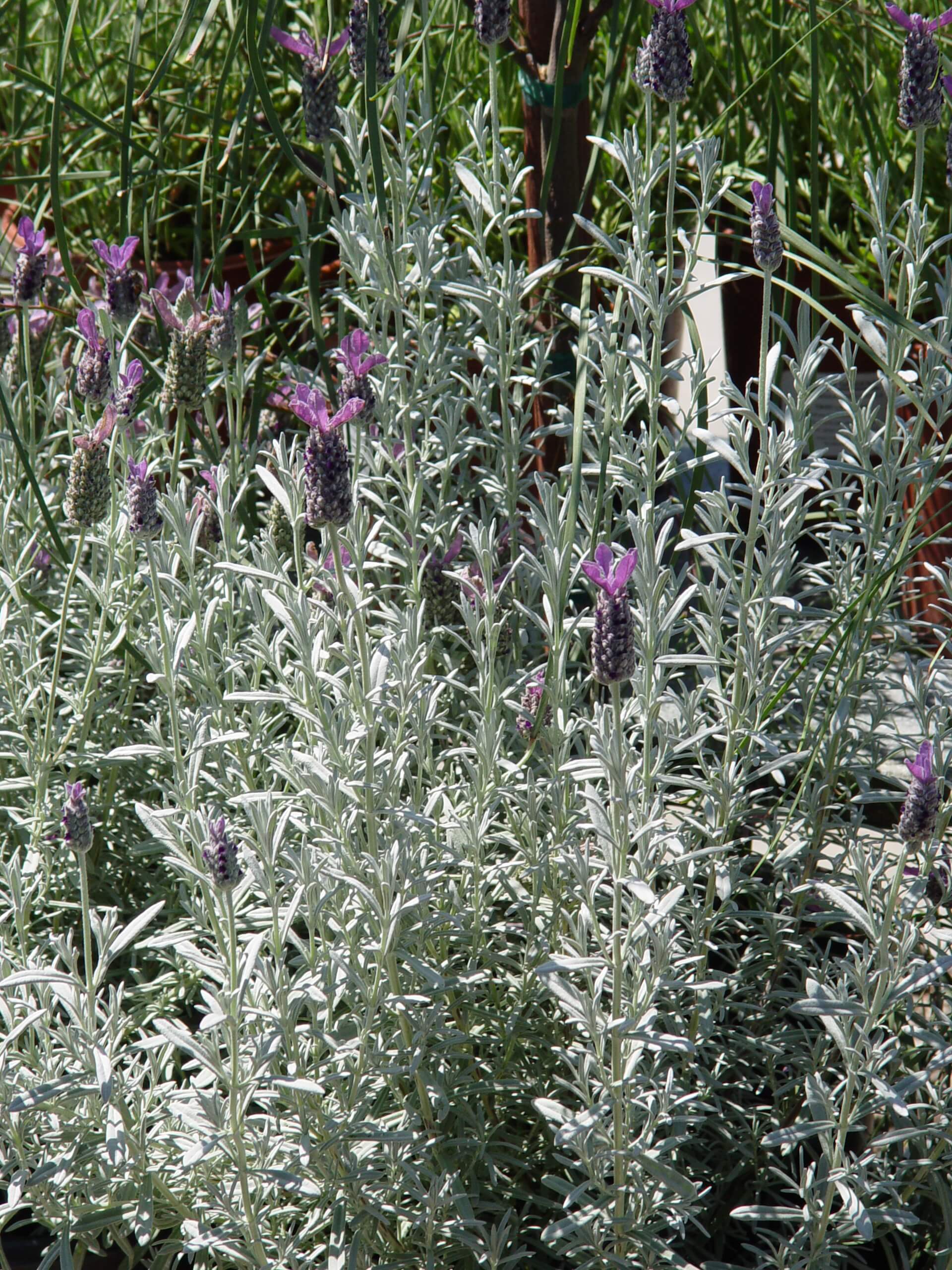
The Serenity Prayer asks us to “accept the things we cannot change, the courage to change the things we can, with the wisdom to know the difference.” If you’ve tried growing lavender with little success, maybe it’s time to identify what you can change to make this year’s garden a fragrant bee filled blend of drought-resistant lavenders for landscaping. It only takes a little wisdom to make a difference.

Origins
Lavender comes from Europe where it has been grown in the South of France since Roman times. There, the Mediterranean climate mirrors that of California where winters are wet and mild with long dry seasons extending from May to as late as December. These plants are naturally adapted to loose friable soils, sandy loam and fill soils that don’t pack down. In areas with persistent humidity, extensive summer rain, and dense acid soils, lavenders languish.
A Need for Porous Ground
Naturally, fast-draining soils ensure the roots are exposed to plenty of oxygen during the growing season, and if irrigated or rain falls, it moves in and out of the root zone quickly. Such porous ground, particularly on a south-facing slope, helps to counteract the slow soil surface evaporation caused by humid climates with stagnant air.

In northern California where rainfall can be very heavy in winter and soils are dense and extremely rich, lavender struggles despite its preference for the climate. Fields now growing commercial lavender are plowed into mounded rows well above grade to enhance drainage and keep the root zone sufficiently aerated.
Amending Soil
Fortunately, the soil is among the things we can change by adding amendments that open its structure. Prepare the natural soil by blending it with pumice and Black Gold Garden Compost Blend. Use this enhanced mix to raise up the soil surface so the crown or base of the stem of the plant is above the surrounding grade. This is also a good way to create soils that are perfect for rocky outcrops and raised beds where lavender thrives.
In San Francisco where conditions are cool and damp, growers prefer to mulch their lavenders with minerals such as washed sand or decorative gravel that help reflect heat back onto the plant. This porous material also creates a dry barrier between damp soil and the plant foliage to discourage mold.
Choosing a Lavender

Before you select a lavender for marginal areas, consult a local expert to find the best species and or variety to match your microclimate and soil conditions. They vary in cold hardiness, size, and color from the cold-tolerant English lavender to a Spanish lavender to fill that super hot spot. And for those romantics who love the notion of true French lavender in the garden, these plants will be the genesis of homemade tinctures, fragrant waters, sachets, potpourri, soap and a wide range of natural herbal cosmetics.
Once you know what to plant, select a sun-filled area and improve the soil for drainage, then plant in spring so there’s plenty of time to adapt your ground before the summer heat and fragrant flowers to come.
